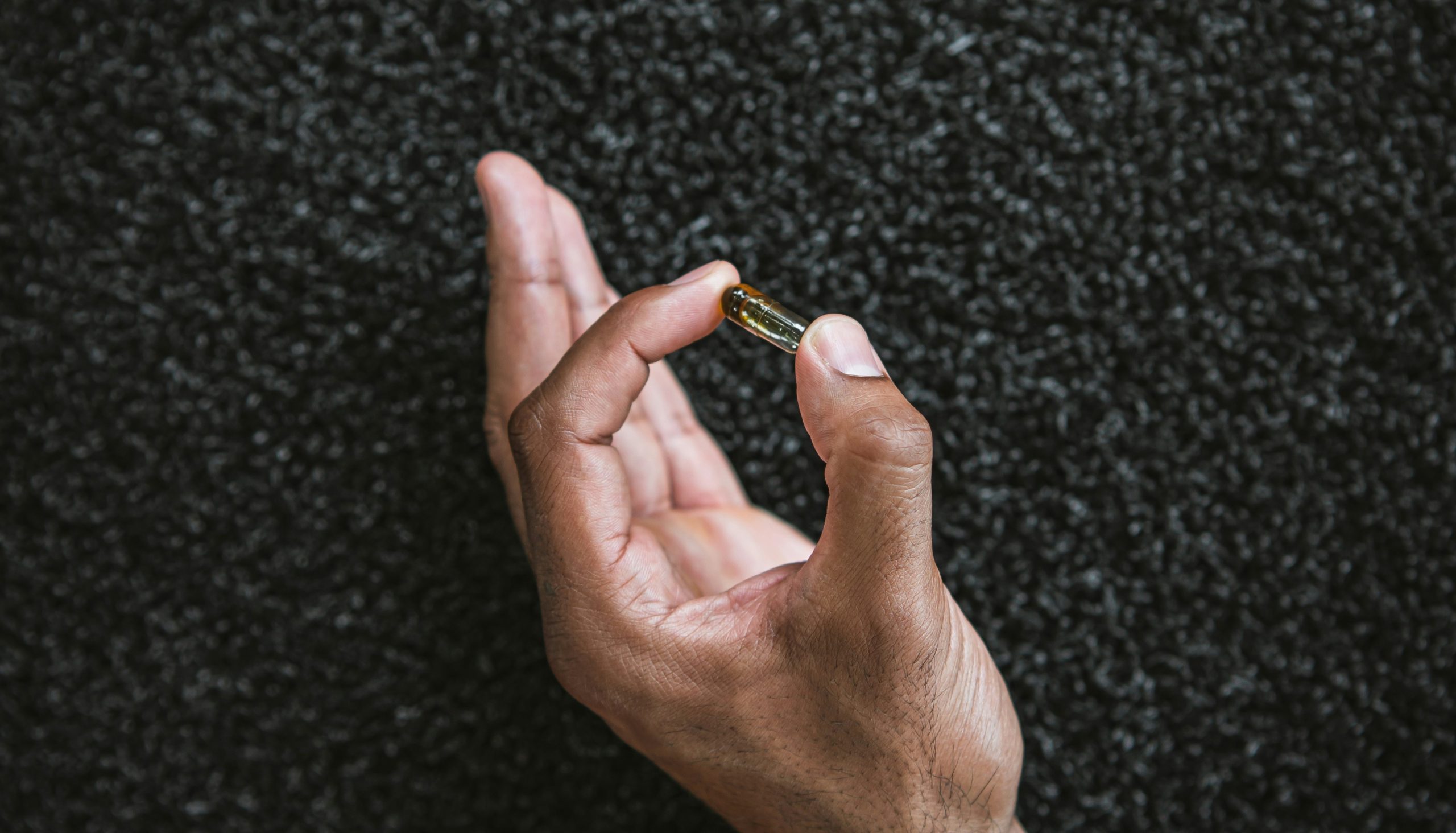“It’s been 134 days and a half since I’ve been in this complex environment For the first time, I have a phenomenon to report. I’m sensing something out of the ordinary… unusual levels of heme. This must be a bad sign that I need to tell someone. Suddenly, light is coming out of me. It’s in my genetics. That is what I was designed for.”
In a few years, this could be the testimony of a bactosensor in our gut. Bactosensors are bacterial biosensors capable of detecting a wide range of biomarkers of disease present in the gut microbiota. Six years ago, a particular study of an ingestible bactosensor designed to detect gastrointestinal bleeding and send signals to the outside through luminescence brought this idea into the realm of possibility. It marked a milestone in the path towards detecting diseases precisely at the very moment they start to develop in our bodies. And the field is just getting started.
Eavesdropping the gut
The human microbiota plays a crucial role in maintaining our health. As several studies have shown, alterations of this environment can be linked to cancer, immune diseases, neurological diseases and inflammatory bowel disease, among others. Therefore, monitoring its composition is essential for detecting potential pathological states [1]. The problem is: how do we get access to this rich source of biomarkers instantaneously?
Combining microengineering and synthetic biology’s latest advances, like CRISPR-Cas technologies, whole bacterial cells that integrate genetic circuits for the translation of biochemical signals into quantifiable reporter protein signals can be created. This means biosensors could act as reporters of the gut, eavesdropping on disease-related signals and then producing a measurable response, alerting us to likely health issues.
Bactosensors normally consist of biological sensing elements, semiconducting materials or nanomaterials acting as processing circuits of the physicochemical signals and digital displays. To be effective, they must reach specific environmental locations and withstand the journey through the gastrointestinal tract. To achieve this, they need sensitive sensing modules resistant to environmental changes and genetic circuits that don’t compromise bacterial health. But especially, synthetic memory circuits sustainable in time are essential for capturing transient signals and ensuring long-term monitoring of disease biomarkers [4].
Bactosensing pioneers
In 2018, a multidisciplinary team from MIT developed an ingestible bactosensor with a miniaturized readout electronic capsule that got successful results in measuring gastrointestinal bleeding in pigs [2].
The study was published in Science and introduced a novel ingestible micro-bio-electronic device (IMBED) that integrates engineered probiotic sensor bacteria with ultra-low-power microelectronics. Within the IMBED, biosensor probiotics are situated alongside readout electronics in separate compartments enclosed by a semipermeable membrane, allowing for cell confinement and small molecule diffusion. When the bacteria detect target biomarkers, they emit light, which is captured by photodetectors within the electronics. The incorporated bioluminescence detection circuit processes these electrical signals that are sent wirelessly to an external device for convenient analysis.
More recent studies pointed in the same direction. In 2019, researchers from University College London employed an experimental model of Caenorhabditis elegans to devise a bacterial biosensor capable of detecting and reporting on changes in its intestinal environment, for future diagnostic applications [3].
One year later, researchers from the Korea Research Institute of Bioscience and Biotechnology (KRIBB) designed a probiotic Escherichia coli that detects and responds to nitrate, to serve as living diagnosis for gut inflammation [5].
Beyond sensing
One of the key advantages of bactosensors is their non-invasive nature. Unlike traditional diagnostic methods that rely on invasive procedures or stool samples, biosensors offer a minimally disruptive way to monitor gut health.
But there exists another potential application that goes far beyond: providing immediate therapeutic interventions with much lower production costs. Biosensors could not only detect diseases but also deliver targeted treatments directly to the site of infection—all in real time. Environmental signals unleash the production of the therapeutics in the cell itself. Therefore, by simply ingesting them, patients could monitor their health, treat possible diseases, and track the effectiveness of these treatments [1].
However, developing effective bactosensors comes with its challenges. Technical issues, such as ensuring the stability and performance of biosensors within the human body, remain a hurdle. Additionally, concerns about the long-term effects of genetically modified organisms and the potential spread of modified DNA need to be addressed [4].
Despite these challenges, the potential of bactosensors to transform gut disease diagnosis and management is undeniable. With further advancements in synthetic biology and microbiome research, we can look forward to a future where gut diseases are detected and treated with unprecedented precision and efficiency.
References:
- Ezzamouri, B., Shoaie, S., & Ledesma-Amaro, R. (2021). Synergies of systems biology and synthetic biology in human microbiome studies. Frontiers in microbiology, 12, 681982.
- Mimee, M., Nadeau, P., Hayward, A., Carim, S., Flanagan, S., Jerger, L., … & Lu, T. K. (2018). An ingestible bacterial-electronic system to monitor gastrointestinal health. Science, 360(6391), 915-918.
- Rutter, J. W., Ozdemir, T., Galimov, E. R., Quintaneiro, L. M., Rosa, L., Thomas, G. M., … & Barnes, C. P. (2019). Detecting changes in the Caenorhabditis elegans intestinal environment using an engineered bacterial biosensor. ACS synthetic biology, 8(12), 2620-2628.
- Tanna, T., Ramachanderan, R., & Platt, R. J. (2021). Engineered bacteria to report gut function: technologies and implementation. Current opinion in microbiology, 59, 24-33.
- Woo, S. G., Moon, S. J., Kim, S. K., Kim, T. H., Lim, H. S., Yeon, G. H., … & Lee, D. H. (2020). A designed whole-cell biosensor for live diagnosis of gut inflammation through nitrate sensing. Biosensors and Bioelectronics, 168, 112523.
